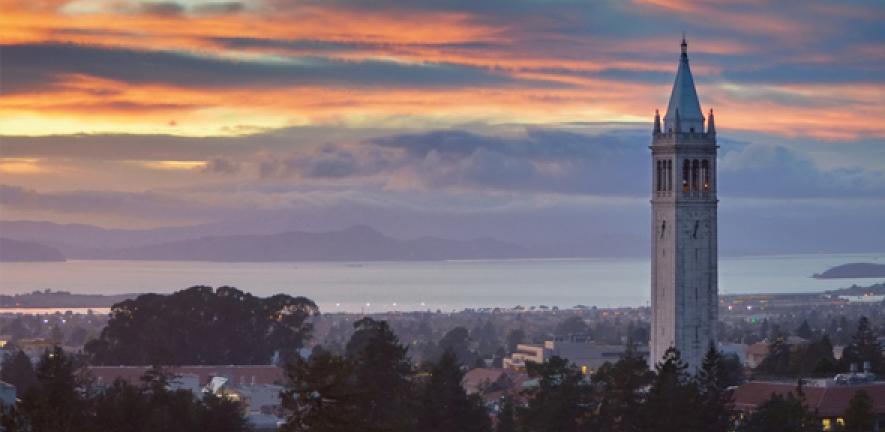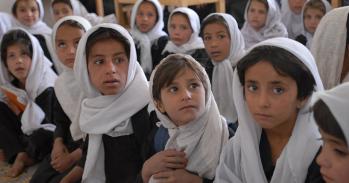
“There is an unwritten but widely accepted contract between society and higher education institutions,” said the Vice-Chancellor in his keynote address on the opening day of the Times Higher Education World Academic Summit, at the University of California, Berkeley.
“There is an unwritten but widely accepted contract between society and higher education institutions,” said the Vice-Chancellor in his keynote address on the opening day of the Times Higher Education World Academic Summit, at the University of California, Berkeley.
Far from forcing us to relinquish our autonomy, global collaborations help us to underscore it, because they reiterate that our purpose is to contribute to society.
Sir Leszek Borysiewicz
“We are given license to operate, and the space to educate and generate knowledge, because we deliver excellence. And the public trust placed in us is directly linked to an understanding that our pursuit of excellence in education, learning and research is for the benefit of society. We gain public trust by reaffirming that society’s goals are also our own.”
He argued that universities –and research intensive universities in particular—are perhaps the only modern institutions with the means and the legitimacy to bridge the gaps between different sectors of society, which gives them a convening power unlike anyone else’s.
“The public trust universities, because we are not subjected to the short-term goals of policymakers… or the even shorter-term goals of industries.”
This public trust, however, can be easily lost. “One of the biggest risks to our legitimacy as honest brokers is the public feeling that universities’ goals and our societies’ goals are no longer shared.”
The Vice-Chancellor expressed concern about the increasingly negative rhetoric surrounding evidence-based arguments, famously summarised in the phrase “Britain has had enough of experts”.
"If that is really so, then we need to make a better case for our role as institutions that contribute to the public good. If society does not believe that we have its interests at heart, we need to do a better job at engaging with it and communicating the impact of our work.”
Institutional autonomy, he added, is also essential for universities to effectively discharge their duties. “Not only does it help to protect our ability to deliver the excellence we should always aspire to, but it safeguards the most fundamental tenet of higher education: academic freedom of enquiry.”
“As head of a world-leading global university I would be concerned by attempts to direct, or determine by committee, what and how universities should be doing. There is an academic argument for this: We must fiercely defend the right to carve out a space for intellectual enquiry that will not be obviously or immediately impactful –because we know that the benefit to society may come many years down the line.”
But there is another argument, he said: “the public trust that allows us to do what we do is intrinsically linked to public perceptions that we are able to function with autonomy. If our institutional autonomy is eroded, so is public trust in what we do. Society loses trust in institutions that are dictated to.”
Laying down a challenge to the leadership of global universities represented at the Summit, he asked whether universities should be prepared to relinquish some of that autonomy to work with partners, particularly in the developing world.
“If we are not prepared to give up some of that autonomy, do we not risk failing the public good? Yes, autonomy is a prerequisite for excellence, but autonomy does not mean isolation. At a time of ever more complex problems, we can only deliver excellence in partnerships with others –with other universities, with donors, with governments, with industry, with NGOs.”
He cited the Cambridge-Africa Programme and the University of Cambridge’s recent agreement on crop science with Indian industrial partners as examples of international collaborations that contribute to the public good.
“Far from forcing us to relinquish our autonomy,” The Vice-Chancellor said, “these collaborations help us to underscore it, because they reiterate that our purpose is to contribute to society. Global collaboration is the embodiment of our commitment to the public good.”

The text in this work is licensed under a Creative Commons Attribution 4.0 International License. For image use please see separate credits above.



